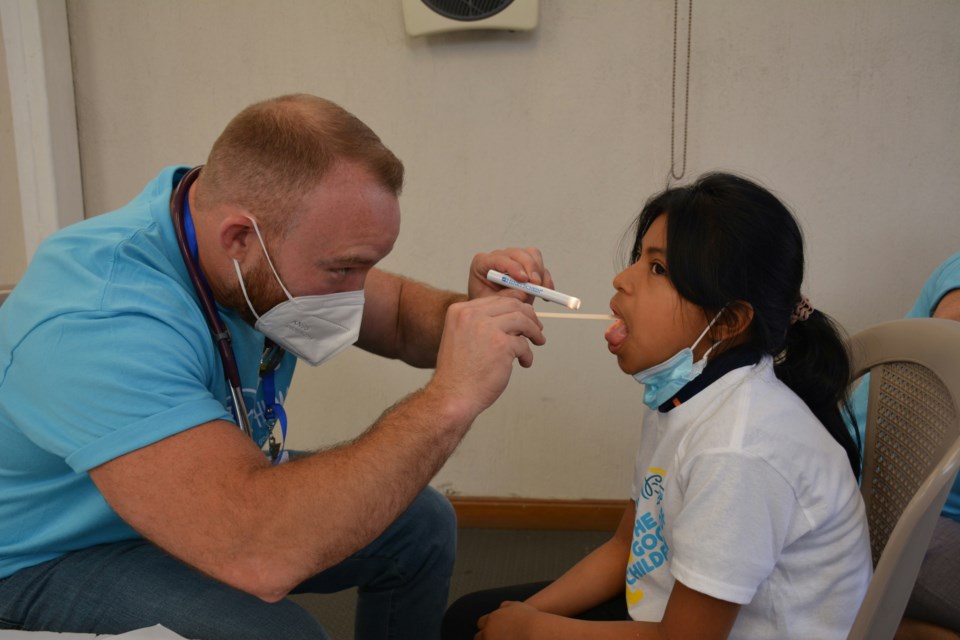THUNDER BAY -- There has been a record number of invasive Group A strep (iGAS) infections according to the Public Health Agency of Canada, with six children dying in Ontario since October of last year.
So far, no children from the ages of 15 and under in the Thunder Bay District Health Unit region have died due to the illness.
In fact, the largest increase during the past year has been among those between the ages of 40 and 59.
“The TBDHU has consistently experienced higher rates of invasive Group A strep infections compared to the province,” said the Thunder Bay District Health Unit infections diseases manager, Karen Battigelli, in an e-mail.
“There have been a higher number of fatal outcomes – four in total – compared to the same reporting period in the previous season.”
From the period lasting from October to December 2023, there were two deaths in the 40-59 age group and two deaths in the 60 and over age group.
There was just one death – in the 60 and over age group – during that same time frame in 2022.
Battigelli said that strep infections can be caused by many sub-groups of streptococcal bacteria. Group A strep is one of the subgroups that is reported to public health.
“It is a bacteria that can live anywhere, including on one’s skin, throat and other areas of the body,” Battigelli added. “It can cause absolutely no concerns for an individual or it can cause severe disease.
“It’s the bacteria that can cause strep throat, impetigo, etc. It will take the opportunity to enter places on the body in order to grow and multiply. When it gets into areas that it shouldn’t be, like the bloodstream or other sterile sites in the body, it can cause septicemia, acute respiratory disease and death.”
The Northwestern Health Unit said in a press release that Manitoba Health has noticed an increase in iGAS cases and that they regularly have higher rates than the rest of Ontario.
So far this year, there have been 43 confirmed cases in the region, with the greatest activity occurring in Kenora and Sioux Lookout.
"We started to see an increase in iGAS back in 2017, when there were 65 cases," said Sandra Krikke, the Northwestern Health Unit's acting manager of infectious diseases. "In 2018, we had 50 cases.
"During COVID-19, the numbers were decreased as fewer people were being tested. Now we are back to pre-pandemic levels.
"Our main message to people is to seek early treatment to avoid severe outcomes."
The PHAC said in an e-mail to TBnewswatch that early laboratory data indicates iGAS activity was higher in 2023 compared to pre-pandemic years, particularly in children under 15 years of age.
"PHAC continues to work closely with provincial and territorial partners to monitor and discuss trends in iGAS activity," the organization added.
Symptoms of iGAS can include feeling unwell, fever, severe pain in an area of the body, a rash, stiff neck and headache, or confusion and low blood pressure.
Previously called Telehealth Ontario, now dubbed Health Connect Ontario, people can call 811 for free and speak with a nurse practitioner.
